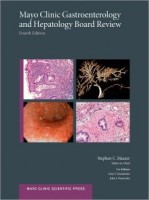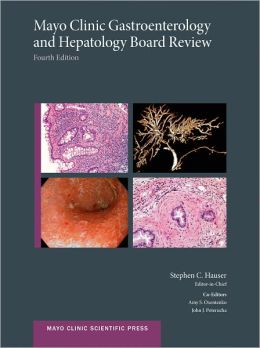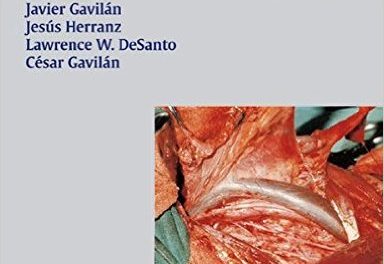 Editor-in-Chief: Stephen C. Hauser Co-Editors: Amy S. Oxentenko and John J. Poterucha
Editor-in-Chief: Stephen C. Hauser Co-Editors: Amy S. Oxentenko and John J. Poterucha
Publisher: Oxford University Press – 459 pages
Book Review by: Nano Khilnani
This guide has been written for physicians-in-training who are preparing to take the gastroenterology board exams and for those who require recertification. This review book covers not only gastroenterology and hepatology but also other related areas such as endoscopy, nutrition, pathology and radiation.
It does not offer the latest information on the art and science of gastroenterology, but it does contain:
- Clinical knowledge to enhance patient management
- Each subspecialty section with a case-based presentation as conclusion
- Numerous board-exam type single best-answer questions with annotated answers
- Ample numbers of figures, images, and tables
- Information relating to epidemiology, diagnosis and prognosis
This book contains articles and insight in 39 chapters written by 30 specialists. At the end of each chapter is a list of materials under a Suggested Reading tab, which you can use to further your knowledge on a particular topic of your choice.
The chapters are organized into seven sections, with concise discussions of various disorders (and wellness requirements) along the parts of the gastrointestinal tract, including but not limited to:
- Esophagus
- Stomach
- Small bowel and Nutrition
- Miscellaneous Disorders
- Colon
- Liver
- Pancreas and Bilary Tree
What makes this review guide more useful is a Questions and Answers component provided at the end of each of its seven sections, with cases, to help you do well in your board exam, and later, in your practice.
To test your knowledge and better prepare for the board exam, go to the Questions pages which has multiple-choice answers. You can read and think about the cases presented and the questions relating to them, and write your choice of answer on a blank sheet of paper. Then you can cross-check what you wrote by going to the Answers pages.
This book has an outstanding system of graphics with a large variety and number of images that help you understand, enhance and retain the information presented in it.
Throughout the book, you will find black-and-white and color charts; full-color, actual-size and microscopic drawings; full-color, actual-size and microscopic photos of various organs and parts of the human body; tables, x-rays, and other types of images. Some images presented are cross-sections; others are views from various angles.
On a typical chapter, alongside the images (or sometimes on a different page) are presented the discussions of the conditions, diseases and disorders of particular organs and its surrounding areas.
For example, in its introductory paragraph, several types of inflammatory bowel disease (IBD) are presented in chapter 14 entitled Inflammatory Bowel Disease: Clinical Aspects.
The authors of this chapter point out that IBD is basically inflammation of the small or large intestine. The large intestine is typically referred to as the colon. The two main IBD subtypes are: ulcerative colitis and Crohn’s disease. What is the main difference between the two disorders?
“Ulcerative colitis involves the colonic mucosa, extending proximally from the anal verge in an uninterrupted pattern to involve all or part the colon,” write the chapter’s authors. And how is Crohn’s disease described?
“Crohn’s disease is a disorder type that typically affects the full thickness of the intestine. Although it has a special predilection for involving the small intestine, the disease can occur anywhere along the gastrointestinal tract from the mouth to the anus.”
What follows in the chapter are topics pertaining to:
- Epidemiology – incidence, distribution, and control of IBD in a population
- Genetics – 10 to 15 percent of ulcerative colitis patients have a relative with IBD
- Diet – IBD patients have no specific dietary restrictions
- Pregnancy – fertility is normal in patients with inactive IBD
- Environmental influences – ulcerative colitis is primarily a disease of nonsmokers
- Diagnosis – of IBD is confirmed with endoscopy, radiography and pathology
Along with the topics named above are others pertaining to physical examination, laboratory findings, endoscopy, radiological features, histology (microscopic examination) and differential diagnosis. This chapter covers all topics relating to the main subject, as is the case with most chapters in general.
While this book may not contain very detailed information on any specific specialty within gastroenterology and hepatology (such as you would find in a specialty-specific textbook for example) the authors write that it contains enough relevant information on all the related specialties, as well as case-related questions and the answers to help you prepare for the board exam named above.







